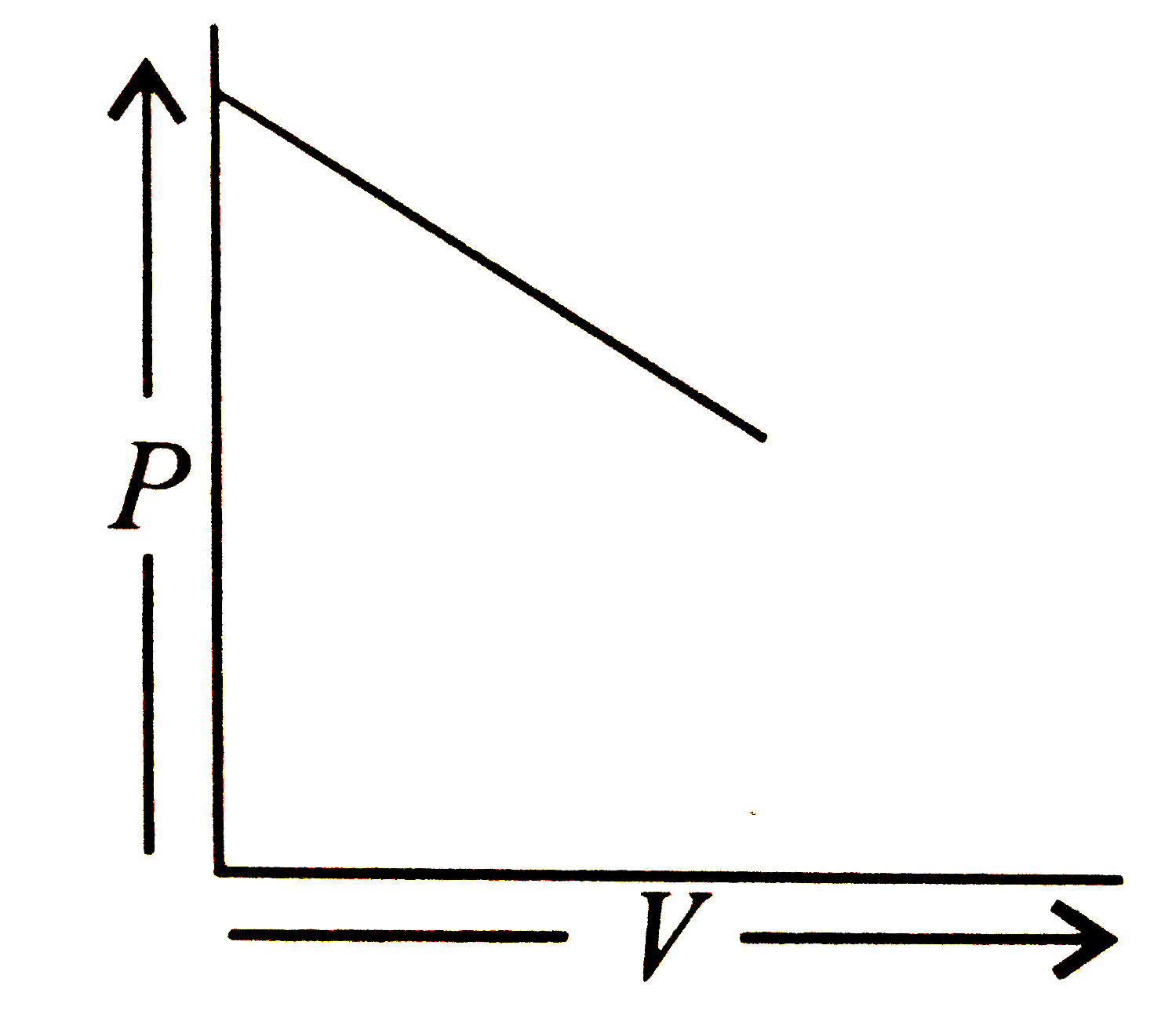Which of the following is not according to the Pauli exclusion principle?



A and B both
The correct Answer is:D
To solve the question regarding which of the given configurations is not according to the Pauli exclusion principle, we can follow these steps:
1. Understand the Pauli Exclusion Principle:
- The Pauli exclusion principle states that no two electrons in an atom can have the same set of four quantum numbers. This means that in any given atomic orbital, a maximum of two electrons can occupy the same orbital, and they must have opposite spins.
2. Identify the Quantum Numbers:
- The four quantum numbers are:
1. Principal quantum number (n)
2. Azimuthal quantum number (l)
3. Magnetic quantum number (m_l)
4. Spin quantum number (m_s)
3. Analyze Each Configuration:
- We need to evaluate the provided configurations to check if they adhere to the Pauli exclusion principle.
- Configuration 1: Check if both electrons have the same spin. If they do, this configuration violates the principle.
- Configuration 2: Similarly, check if there are more than two electrons in a single orbital or if they have the same spin.
- Configuration 3: Ensure that the electrons are filled according to the principle, with opposite spins for any two electrons in the same orbital.
4. Determine Which Configuration Violates the Principle:
- After analyzing the configurations:
- If Configuration 1 has two electrons with the same spin, it violates the principle.
- If Configuration 2 has more than two electrons in a single orbital or electrons with the same spin, it also violates the principle.
- Configuration 3 should follow the principle if it has two electrons with opposite spins.
5. Conclusion:
- Identify which configurations do not adhere to the Pauli exclusion principle. Based on the analysis, if both Configuration 1 and Configuration 2 violate the principle, then the answer would be that both of these configurations are not according to the Pauli exclusion principle.
Final Answer:
- The configurations that are not according to the Pauli exclusion principle are Configuration 1 and Configuration 2.
- The Pauli exclusion principle states that no two electrons in an atom can have the same set of four quantum numbers. This means that in any given atomic orbital, a maximum of two electrons can occupy the same orbital, and they must have opposite spins.
- The four quantum numbers are:
1. Principal quantum number (n)
2. Azimuthal quantum number (l)
3. Magnetic quantum number (m_l)
4. Spin quantum number (m_s)
- We need to evaluate the provided configurations to check if they adhere to the Pauli exclusion principle.
- Configuration 1: Check if both electrons have the same spin. If they do, this configuration violates the principle.
- Configuration 2: Similarly, check if there are more than two electrons in a single orbital or if they have the same spin.
- Configuration 3: Ensure that the electrons are filled according to the principle, with opposite spins for any two electrons in the same orbital.
- After analyzing the configurations:
- If Configuration 1 has two electrons with the same spin, it violates the principle.
- If Configuration 2 has more than two electrons in a single orbital or electrons with the same spin, it also violates the principle.
- Configuration 3 should follow the principle if it has two electrons with opposite spins.
- Identify which configurations do not adhere to the Pauli exclusion principle. Based on the analysis, if both Configuration 1 and Configuration 2 violate the principle, then the answer would be that both of these configurations are not according to the Pauli exclusion principle.
- The configurations that are not according to the Pauli exclusion principle are Configuration 1 and Configuration 2.
Similar Questions
Knowledge Check
Which of the following is according to Boyle's law?
A B
B C
C D
D
Which of the following according to Gandhiji, is an essential principle of satyagraha?
AInfinite capacity for sufferingBNon-violenceCTruthDAll of the aboveWhich of the following halides is not correct according to the name and classification?
ACH3CH2C(CH)2CH2I
1-Iodo-2, 2- dimethylbutane, Primary haloalkaneB(CH3)2CHCH(Cl)CH3
2-Chloro-3-methylbutane, Secondary haloalkaneCCH3C(Cl)(C2H5)CH2CH3
2- Chloro-2-ethylbutane, Secondary haloalkaneDCH3−CH2−CH3∣CH−Cl∣CH−CH2−CH3
3- Chloro -4-methylhexane, Secondary haloalkane
Which of the following violates the Pauli exclusion principle :-
View SolutionWhich of the following is incorrect according to Dalton's atomic theory ?
View Solutionwhich of the following is not correct according to Bohr's effect?
View SolutionWhich of the following is not a principle of Lamarckism ?
View SolutionWhich of the following should be correct according to hund's rule ?

View Solution
